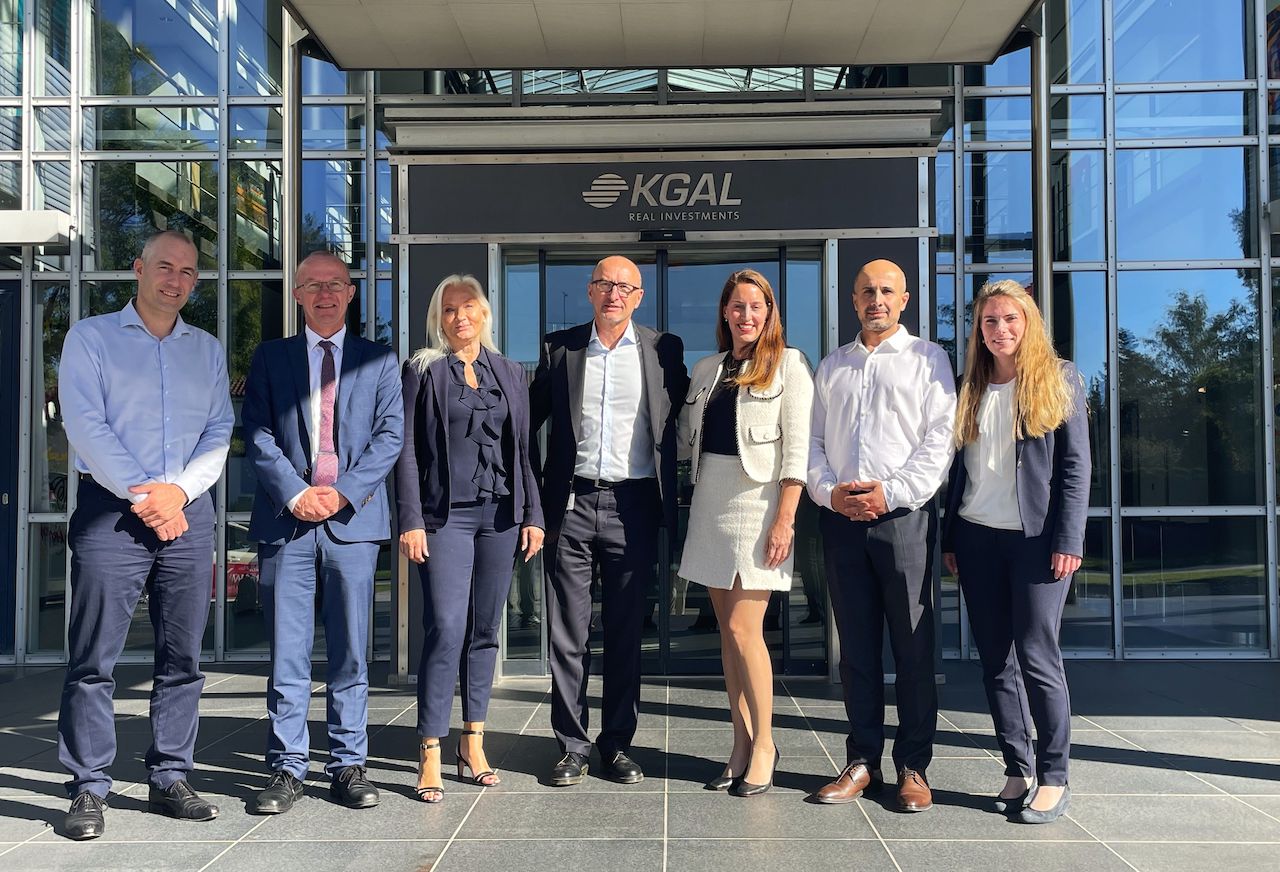KGAL ESPF 6, which focuses on new hydrogen infrastructure projects in Europe, is investing in Arcadia eFuels, a climate-neutral e-kerosene production facility in Denmark.

Following its first close, the new Article 9 impact fund KGAL ESPF 6 is investing in Arcadia eFuels, a hydrogen-based production facility in Vordingborg, Denmark.
From mid-2026, the plant is expected to produce approximately 68,000 tonnes of climate-neutral synthetic aviation fuel (eSAF) per year, using green hydrogen.
KGAL Investment Management manages €16bn for institutional and private investors in real estate, sustainable infrastructure, and aviation. It is aiming to tap green hydrogen’s potential for institutional investors with KGAL ESPF 6, which focuses on new hydrogen infrastructure projects in the EU and the UK.
Green hydrogen’s potential
For some years, the potential of green hydrogen has been hotly debated in the investment industry. Until now there has been a lack of concrete projects.
“Almost anywhere that direct decarbonisation through green power reaches its limits, green hydrogen can be the solution,” claims Michael Ebner, managing director of KGAL. “From aviation and logistics to the steel and chemical industries, from water treatment to agriculture. Given the multitude of possible applications, there is enormous potential.” He notes that Straits Research forecasts that the green hydrogen market in Europe will grow by an average of 55 percent per year up to 2030.
While research is being conducted on e-aircraft, the eventual electrification of aviation will still take decades. Green hydrogen, on the other hand, can be produced from renewable energies via electrolysis and then converted into climate-neutral e-kerosene. Arcadia eFuel’s Vordingborg facility will be one of the first large scale production facilities devoted to eSAF. The plant’s annual production of 68,000 tonnes could send an Airbus A320 from Munich to London about 15,000 times.
More to come?
E-kerosene is one of the Sustainable Aviation Fuels (SAFs) that, according to an EU decision will have to be in the tank of all EU-departing flights in the future. The fuel blend must include at least 2% of SAF as early as 2025, rising to 6% in 2030 and 70% in 2050. “The demand for eSAF will increase exponentially and we will be among the first to deliver,” comments Thomas Engelmann, head of energy transition at KGAL.
KGAL ESPF 6 has a further 30 green hydrogen and energy transition projects in the pipeline – two of which are in advanced negotiations.
“In addition to the Vordingborg e-kerosene project, further fund investments for decarbonising energy-intensive economic sectors are imminent,” says Florian Martin, managing director of KGAL Investment Management.






